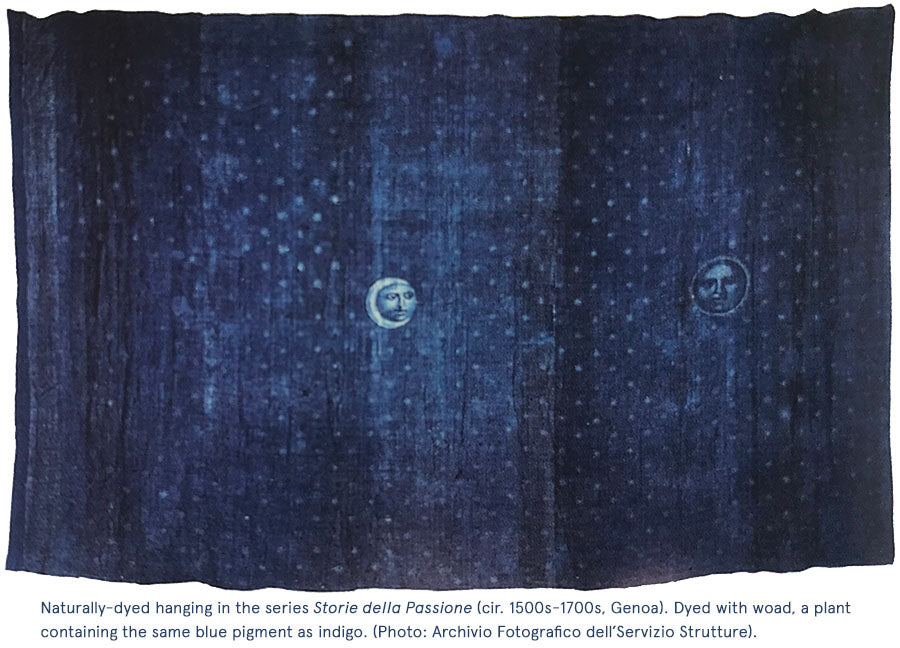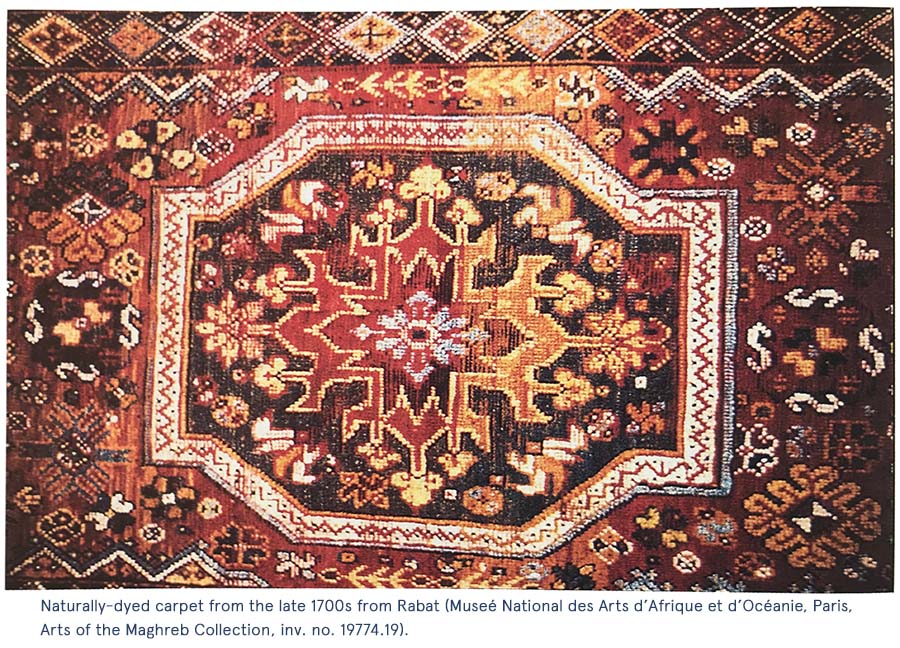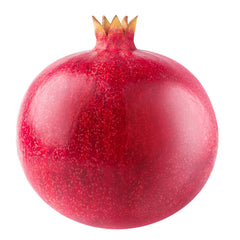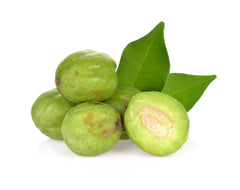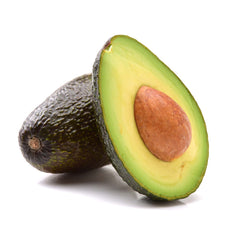However, GOTS isn't perfect. And it isn't alone in its imperfection. EURA organic is a great standard that we love as well, but something labelled EURA organic doesn't have to be grown using soil management techniques. A farm that uses regenerative and biodynamic techniques to manage and increase top soil receives the same EURA label as does a farm that uses more traditional farming techniques where top soil erodes each year into local waterways (for more about this, check out @kisstheground).
What I'm trying to say is that even though GOTS certification isn't perfect, that does not mean that it isn't a great standard and that you shouldn't rely on it (we rely on it constantly). GOTS certification is an important factor, but not the only factor, to be considered when looking for organic clothing. Here are some other factors:
1. DYES
GOTS certification prohibits the use of azo and other conventional dyes which are known to release carcinogenic compounds. GOTS also prohibits dyes that are known to cause other health risks, like birth defects or brain damage, or are harmful to the environment (including dyes toxic to aquatic life, terrestrial vertebrates or that negatively impact the ozone layer).

However, GOTS certification does not prohibit all synthetic dyes. In fact, the vast majority of dyes certified under GOTS are synthetically derived from petroleum. These synthetic dyes are generally termed low impact dyes, because they have a lower negative impact on the environment that conventional dyes. But a lower impact doesn't mean a positive impact, and these dyes are far from perfect. Certain toxic chemicals are still allowed under GOTS for certain dye colors, mainly because without these chemicals the dyes won't work. These toxic chemicals include heavy metals for blue, green and turquoise dyes and adsorbable organic halides (known as AOX) for yellow, green and violet pigments. About 50% of "low-impact" dyes do not bind to fabric during dyeing, and end up as wastewater that can run-off into our waterways.
Also, GOTS doesn't even mention the fact that to create a synthetic dye from crude oil requires a ton of resources, water and energy. When you think about how much energy and work it must take to turn something that looks like oily tar into bright magenta, it's surprising that these dyes are allowed at all.
As you can probably tell, I'm not a fan of "low impact" dyes, so we don't use them at Sustain. Instead, Sustain uses natural plant dyes. Natural dyes originate from plants and, in some cases, insects -- not from crude oil. The plant dyes Sustain uses are all-natural, safe and non-toxic, both for humans and the environment. Plus, because they are natural, our "wastewater" is just plant matter plus water that can be reused to water new dye crops. Sustain's plant dyes are also certified under GOTS because they do not contain toxic chemicals and do not originate form threatened species.
2. TREATMENTS
Under GOTS, while the most harmful and toxic chemical treatments are prohibited (like formaldehyde, biocides, ammonia, aromatic solvents, benzenes, toxic flame retardants, among many others), certain chemical treatments are still permitted. For example, synthetic optical brighteners and fabric softeners are still allowed, as are chlorine and black sulphur bleaches in specific cases involving fabrics with synthetic fibers. Like synthetic dyes, these chemicals take a lot of resources and energy to produce from oil and create additional wastewater.
Sustain specifically avoids chemical treatments, including optical brighteners and synthetic fabric softeners in all of its products.
3. REGENERATIVE FARMING
Like EURA certification, there are no requirements under GOTS requiring that the growing of cotton, linen, hemp or any other natural fiber used in textiles, be grown using regenerative methods. While this is a fairly new concept in the textile industry, there are companies that are paving the way in this area.

One such company is Organic Cotton Colours (OCC). OCC uses agro-regenerative farming practices that naturally enrich the soil and translate into a positive impact on the environment. Instead of creating top soil run-off during its organic cotton farming, OCC's regenerative practices increase and enrich the soil, preventing runoff and creating a healthier ecosystem that creates less pollution and helps to fix carbon in the soil. Sustain's the colorgrown cotton fabric used by Sustain in its products, like its women's briefs and bras and kid's leggings, are from OCC.
---
I hope this information is helpful when it comes time to purchase new textiles or clothing. If you have any questions or follow-up, please comment below!
Written by Kat, Founder of Sustain
Sources:
Global Organic Textile Standard (GOTS), Version 6.0, Effective March 1, 2021
]]>






